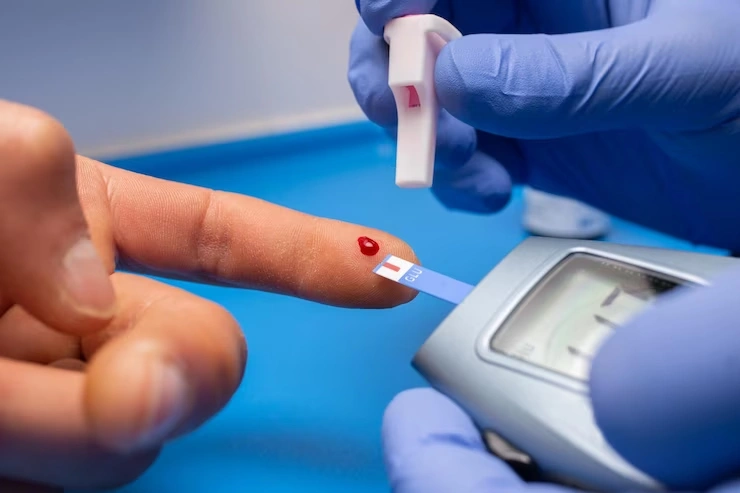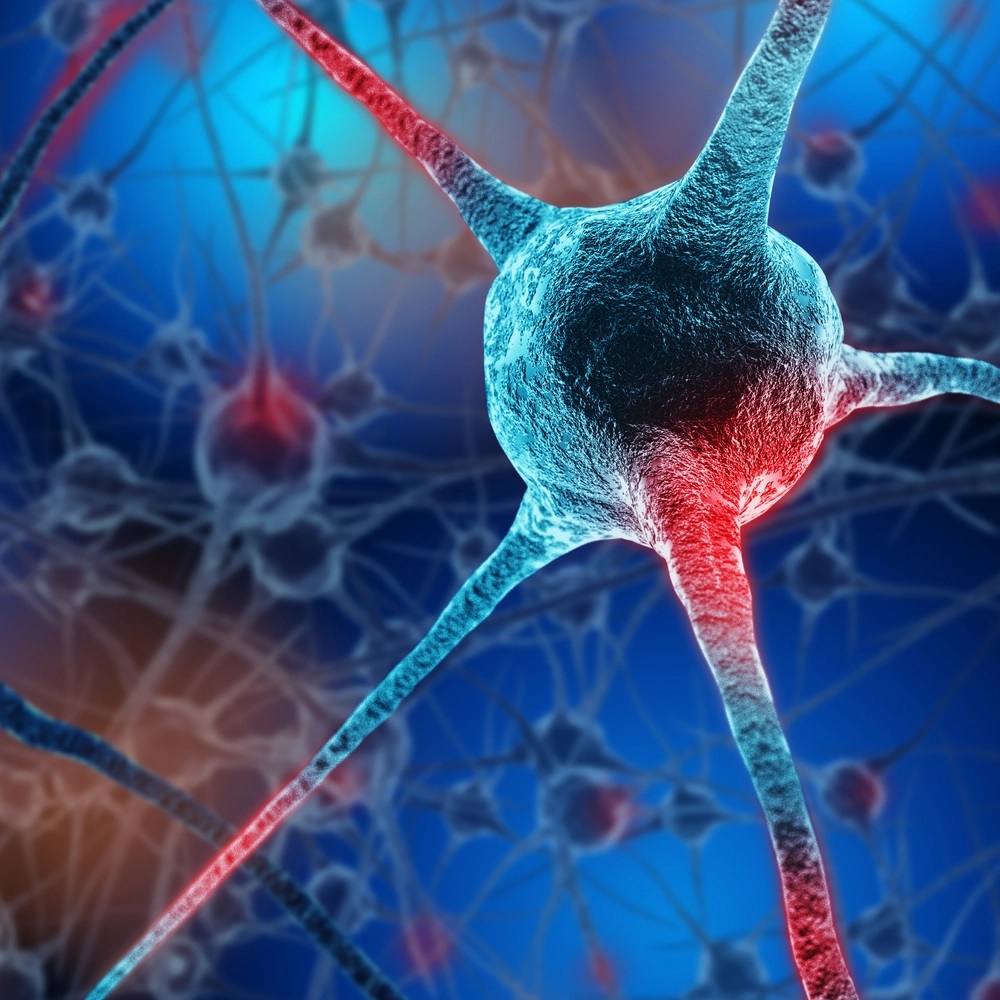Sedentary time may cause a three-fold increase in heart size in adolescents compared to moderate-to-vigorous physical activity, according to a recent study from the Universities of Bristol, Exeter, and Eastern Finland. The study, which was written up in the Scandinavian Journal of Medicine & Science in Sports, investigated the relationships between sedentary time, light exercise, and moderate-to-vigorous exercise and heart anatomy and performance.
The Adverse Effects of Physical Inactivity on Cardiovascular Health
Numerous adult non-communicable diseases, including cancer, type 2 diabetes, and cardiovascular diseases, have been linked to inactivity through physical exercise. Unfortunately, according to current World Health Organization findings and recommendations, over eighty percent of adolescents globally do not get enough physical activity each day. There is a knowledge vacuum about the impact of inactive time and moderate-to-vigorous physical activity on heart shape and function in large teenage populations, despite studies focusing on the impact of sedentary behavior and physical activity on cardiometabolic health.
The Study’s Findings
The research team used data from the University of Bristol study Children of the 1990s and comprised more than five hundred adolescents who are 17 years of age who had thorough measurements of multiple variables including fat mass, muscle mass, blood sugar, lipid levels, inflammation indicator, insulin, cigarette usage, socioeconomic status, familial history of cardiovascular disease, echocardiographic heart function and structure measures, and accelerometer-based assessments of sedentary time, light activity level, and moderate levels of exercise.
The findings demonstrated a relationship between larger left ventricular mass and both inactive time and moderate to vigorous physical exercise. The rise in cardiac mass linked to inactive time, however, was three times greater than the increase in cardiac mass linked to moderate-to-vigorous exercise. This result was seen in adolescents regardless of whether they were overweight or obese, that is, in both normal-weight and overweight/obese adolescents. Notably, modest exercise was linked to improved cardiac performance as determined by left ventricular diastolic function rather than an increase in cardiac mass.
The Importance of Facilitating Adolescent Participation in Physical Activity
The University of Eastern Finland’s clinical epidemiologist and physician Andrew Agbaje has contributed data that expand our understanding of the detrimental consequences of sedentary time on cardiac health. He adds that even though moderate to severe exercise modestly enlarges the heart, it is a desirable side effect because it has multiple other positive health effects. In order to facilitate teenage physical activity participation and a healthy heart, he urges public health professionals, health legislators, secondary school administrators and instructors, pediatricians, and carers to do so.
Study DOI: https://onlinelibrary.wiley.com/doi/10.1111/sms.14365
Subscribe
to get our
LATEST NEWS
Related Posts

Chronic & Debilitating Diseases
A Sugary Disruption: Types, Mechanisms, and Complications of Diabetes Mellitus
Effective management and prevention of uncontrolled diabetes depend on having a solid understanding of the underlying mechanisms and consequences connected with the condition.

Chronic & Debilitating Diseases
Latest Biomaterials Barcoding Breakthrough is Diabetes Type 1 Game-Changer
Novel screening method using cellularly barcoded alginates paves the way for T1DM advanced biomaterial formulations.

Chronic & Debilitating Diseases
Tocopherol-Linked Targeted Delivery of Therapies for Stroke Recovery
Preferential uptake of tocopherol-linked oligonucleotides is observed in areas of stroke damage.

Chronic & Debilitating Diseases
Dance of Degenerate Neurons – Huntington’s Chorea
A faulty gene is the root cause of the degenerative brain condition known as Huntington’s disease (HD). Movement, mood, and cognitive abilities are all impacted by the alterations this disease brings about in the brain’s central area.
Read More Articles
Synthetic Chemistry’s Potential in Deciphering Antimicrobial Peptides
The saga of antimicrobial peptides unfolds as a testament to scientific ingenuity and therapeutic resilience.










